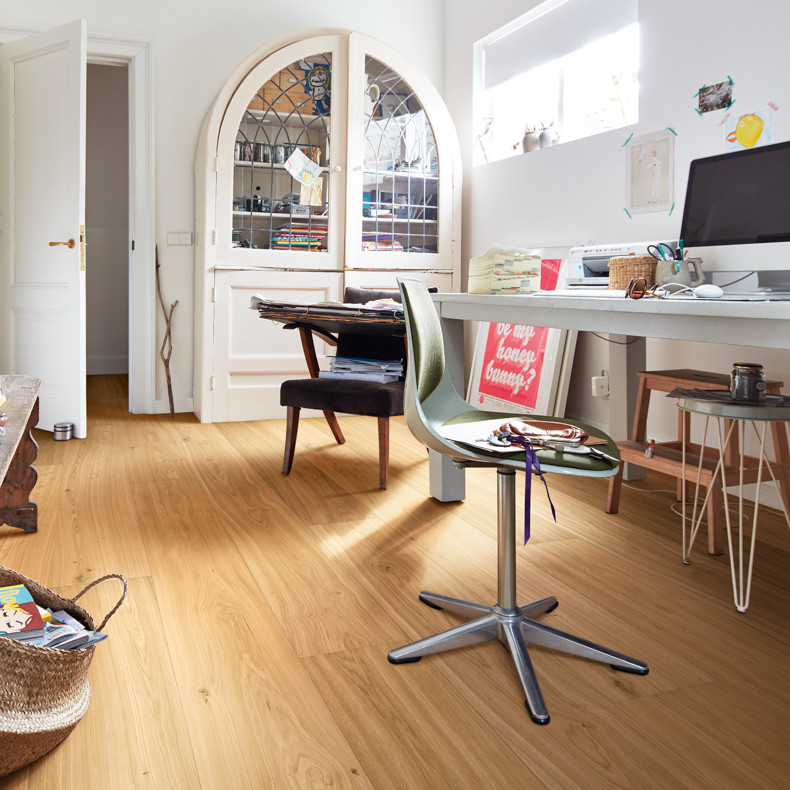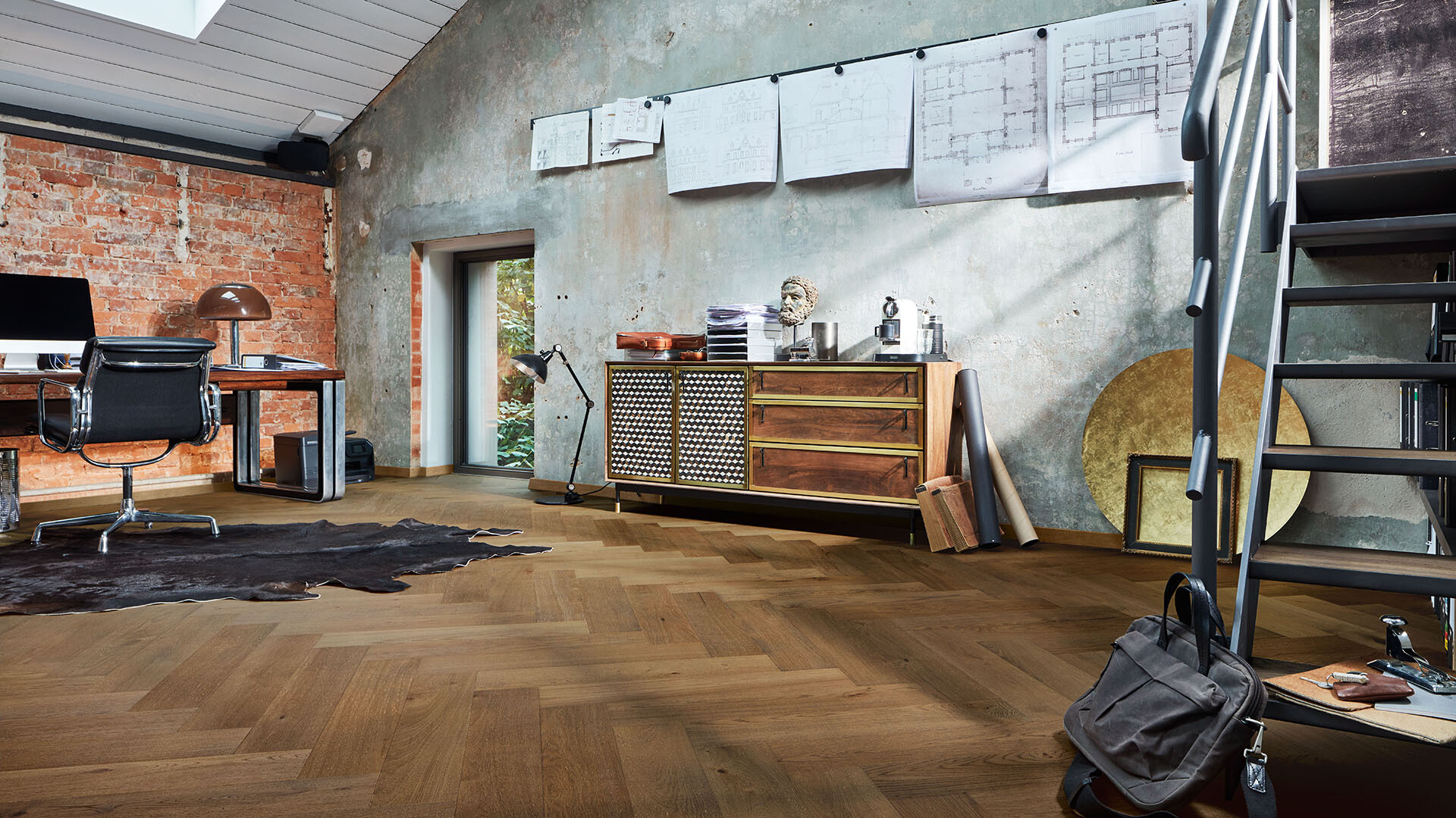
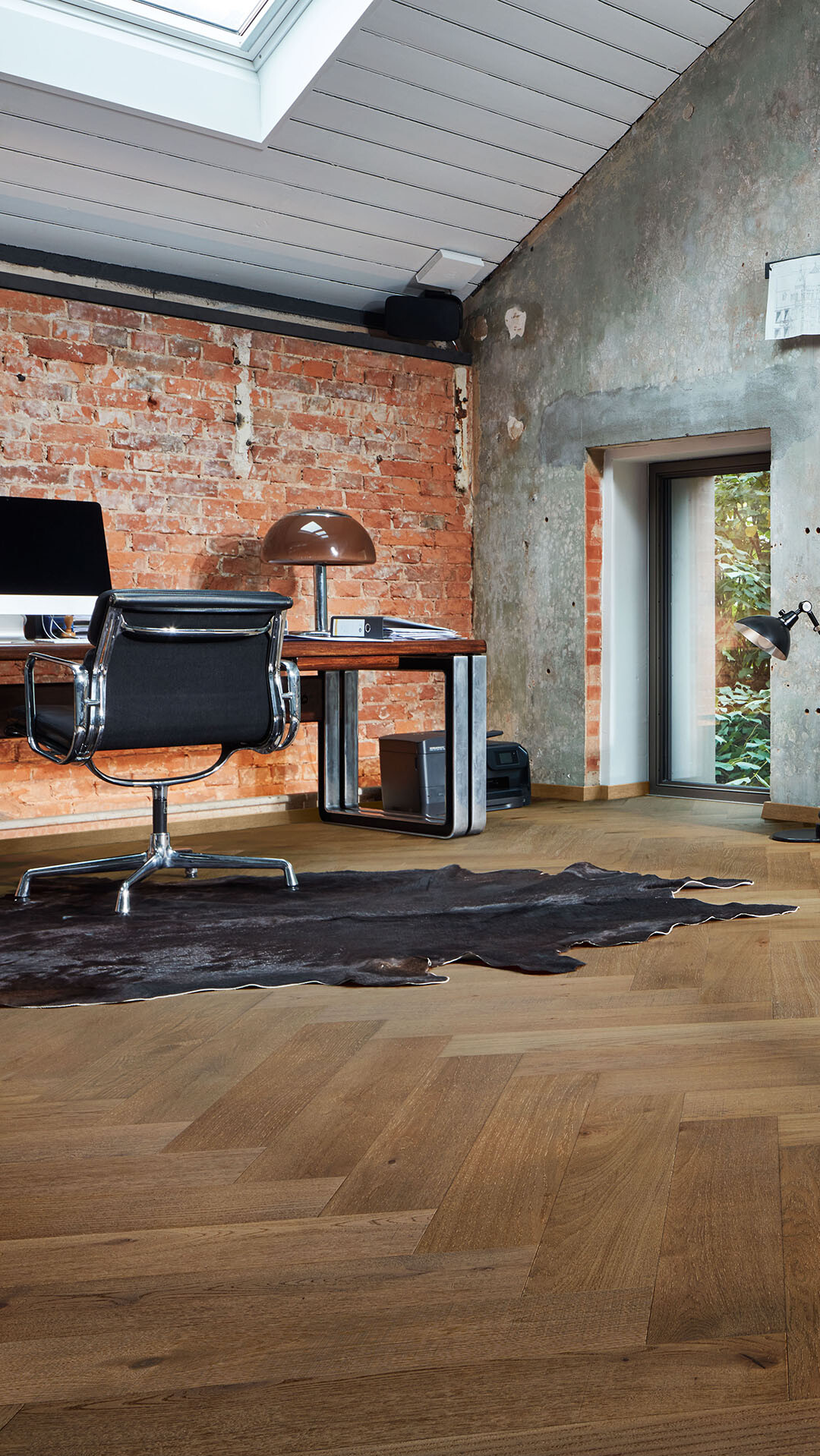

Many consider working from home to be the ultimate luxury – a pleasant alternative to the daily office grind, no long commutes… just chilled, relaxed work in their pyjamas. For others, working from home is pure chaos, full of unfamiliar routines and too many distractions. But if one thing is clear, it’s that working from home can only truly be successful if structures are established, in terms of both space and time.
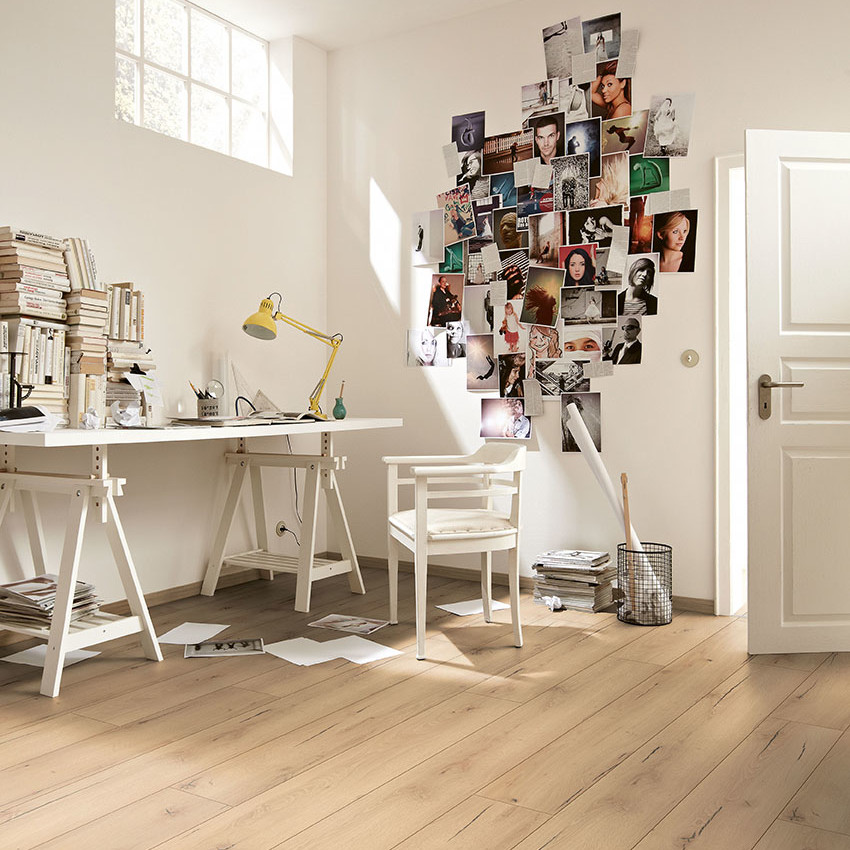
The best approach is to create a space in your house or flat that is to be used for work only. If you don’t have a dedicated room you can use as an office, something that creates a visual barrier to separate it from the rest of the dwelling will suffice. Room dividers or contrasting colours on the walls are ideal for distinguishing the workplace from the rest of the bedroom, for example. This is important for creating that subconscious link between this area and work. It should also be a fair distance away from the bed or the couch – so, the places where you most like to relax. Put it this way, you don’t want to still be thinking about work when you go to bed, do you?
Unlike in many offices, your personal taste can be incorporated into how your office space at home is furnished – you can paint the wall in your favourite colour or put up a large picture of your favourite holiday destination, for example. It’s imperative that whatever setup you have is neither distracting nor capable of creating a negative impression if you have to make a video call with your clients or business associates.
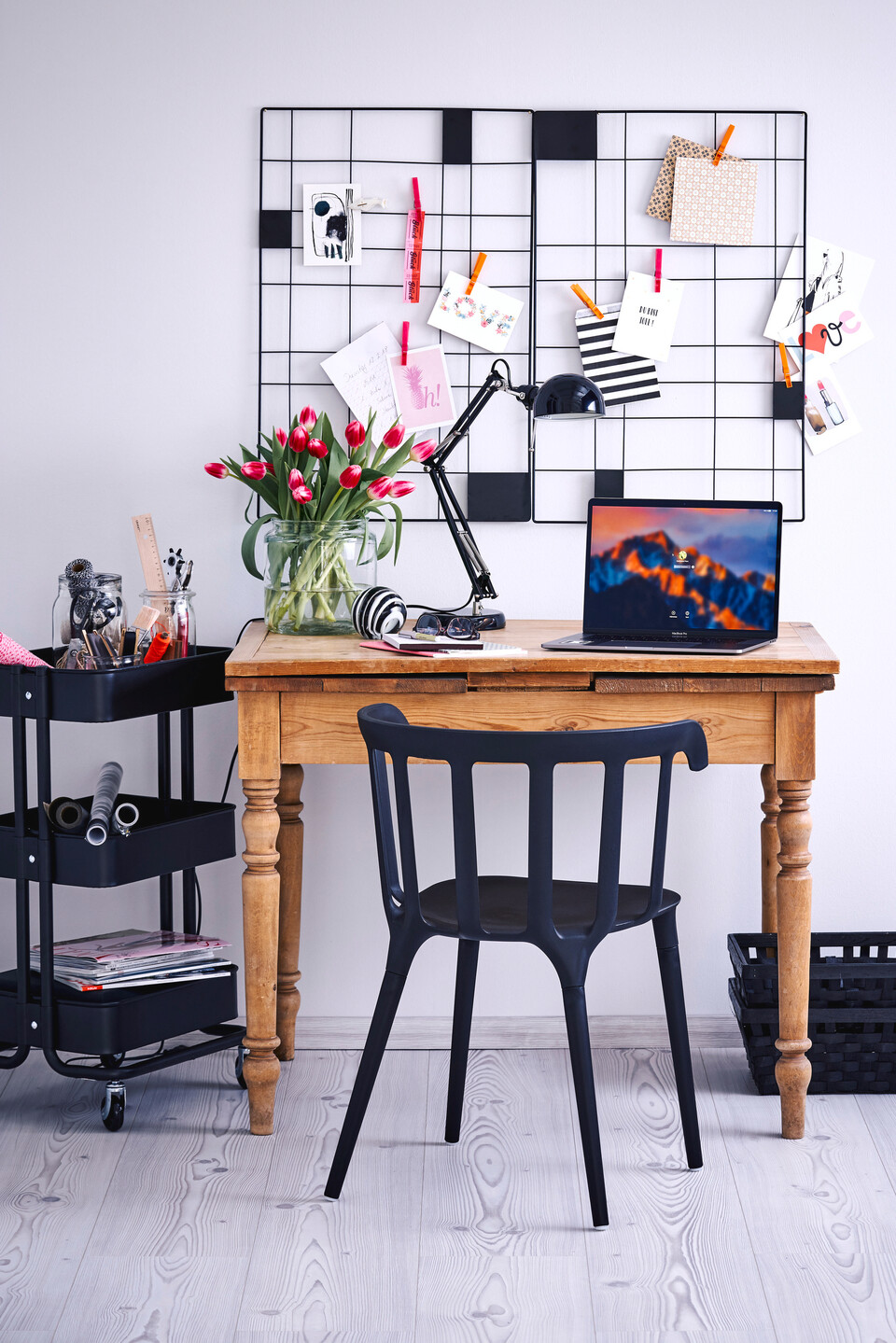
The influence of good lighting in your home office is quite often hugely underestimated. But there’s a lot you can get wrong here, too. Some of the most common errors are reflections in the monitor or a backlight that’s too bright, both of which put unnecessary strain on your eyes. Although a light source that mimics daylight can promote concentration and stimulate activity during the day, it can have a disruptive effect in the evening hours – the body perceives blue light as daylight, which has a negative impact on your circadian rhythm.
The area you set aside for your office should be close to a window so you can get as much daylight as possible. The space should also contain additional large-scale or indirect light sources.
Ideally, the light source in your home office should feature the following characteristics:
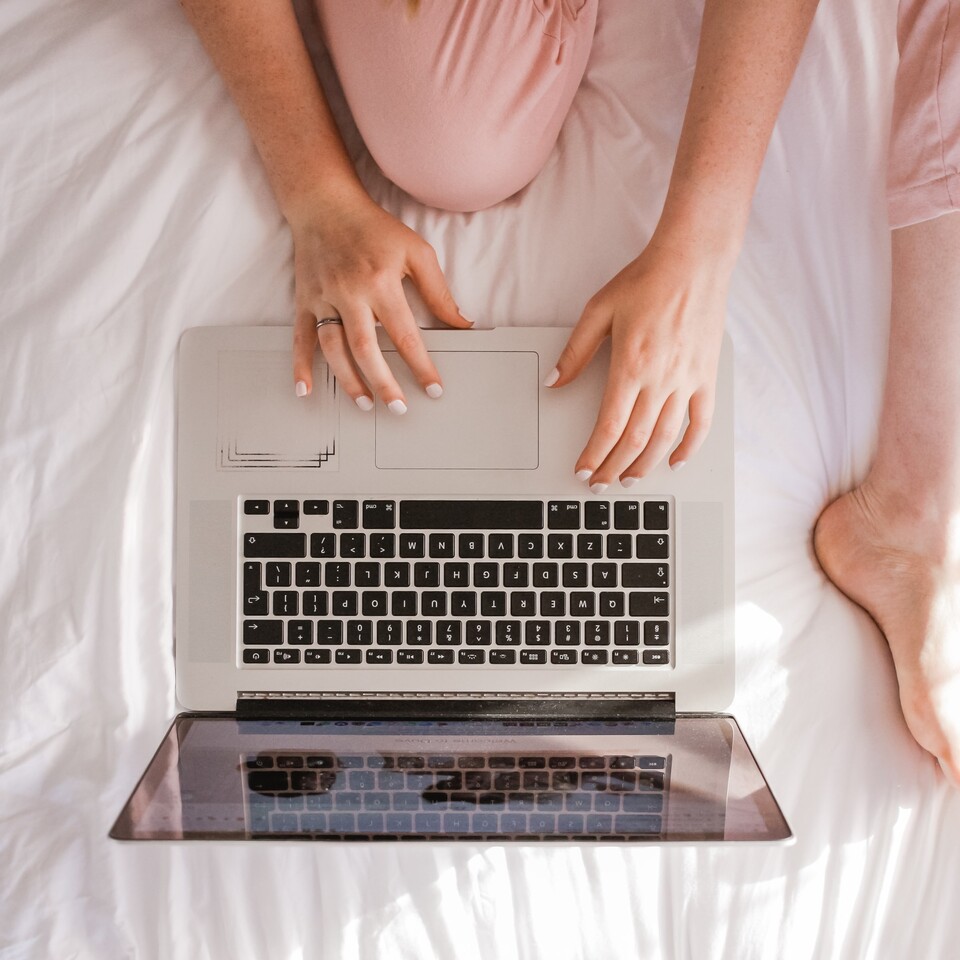
Taking your laptop with you to the breakfast table or stretching out on the bed with it on your lap sounds great, doesn’t it? Until you get that first twinge in your neck, that is. Office furniture in the workplace doesn’t have to meet high ergonomic standards for nothing. For your home office, a height-adjustable desk, frequently known as a “sit-stand desk”, is an ideal solution, as it allows you to alternate regularly between working in a sitting and standing position. This not only takes the strain off your neck and back, but also promotes your circulation.
The corresponding seating is also readily available – a properly ergonomic office chair should ideally have the following features:
The more options you have for adjusting the seat and backrest on your office chair, the more it can be adapted to your individual requirements. This is why it’s worth investing in a high quality product – your back will thank you!
In order to adjust mentally and emotionally to working from home, you also need to structure your time accordingly. This means that, wherever possible, you should try to observe your usual times for getting up, going to work, and sleeping and not just making things up as you go along. If you use working from home as a way to have a lie in, you’ll find it hard to motivate yourself to work. In contrast, if you dress in office-appropriate clothing and stick with your usual styling routine (shaving, hair, make-up, etc.) you’ll also find it easier to make the switch to “work mode”. Of course, you should also take your lunch, coffee or smoking breaks as you normally would – don’t be tempted to skip or extend them.
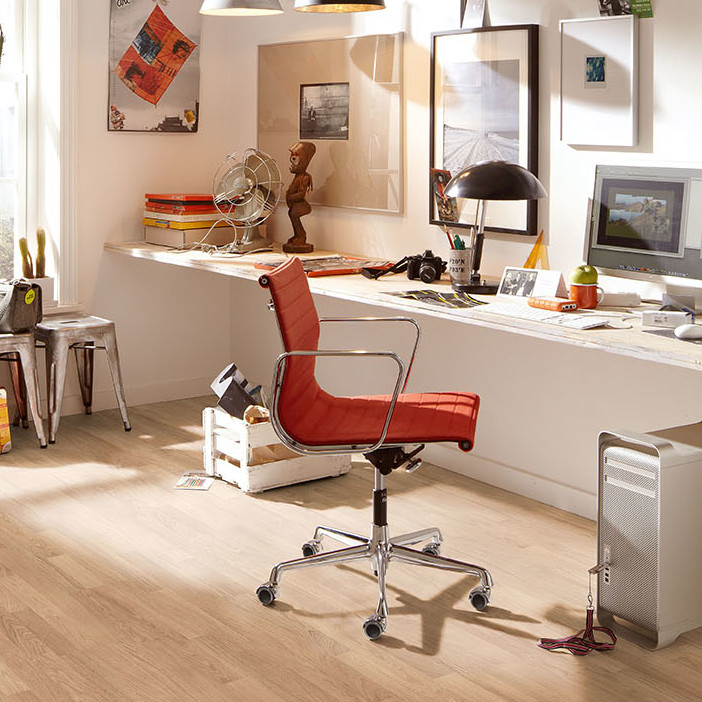
Many office chairs are fitted with special castors, designed for both hard and soft flooring to make it easer to move around on carpet. In order to avoid micro-scratches developing on hard floors over time, you should opt for a particularly tough, hard-wearing floor covering, such as Nadura from MEISTER. With its melamine resin surface, laminate flooring can withstand a wide range of stresses. Just to be on the safe side, however, we recommend using a protective mat if your chair is on wheels – transparent, of course, so it doesn’t cover up your lovely floor! Chair legs are fitted with small felt gliders to help reduce the likelihood of scratching (especially on wooden floors).
If you want to ensure that everything’s perfect and you aren’t painting the wrong picture when you go on webcam, you should turn it on before you start your video conference and ask yourself some all-important questions like “what can I see here?”, “am I happy showing strangers this part of my home?” and “what impression could this be giving to the people I’m talking to?”.
As the lines between your professional and private lives can become blurred when you work from home, a number of mistakes tend to creep in. Here’s what to look out for…
Here’s a quick summary of the best tips for working from home:
